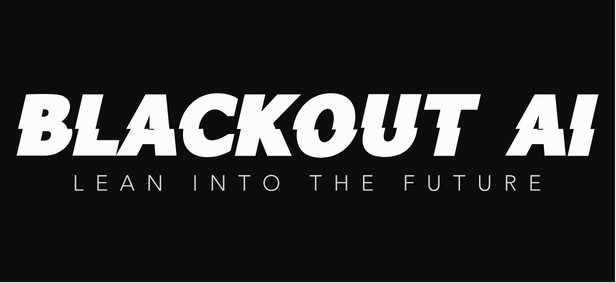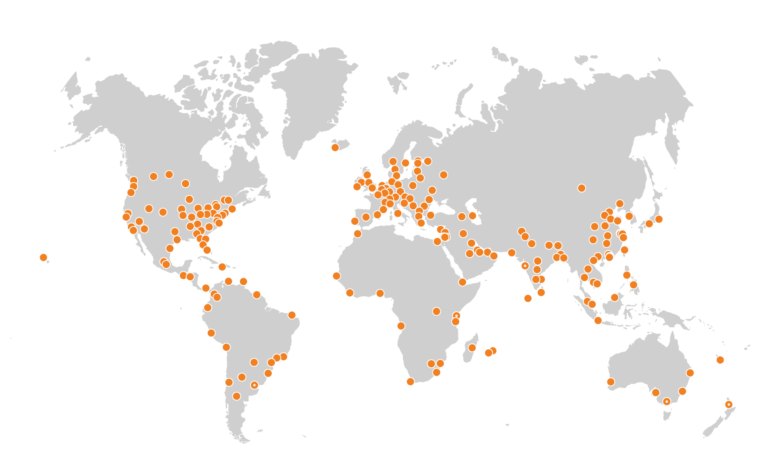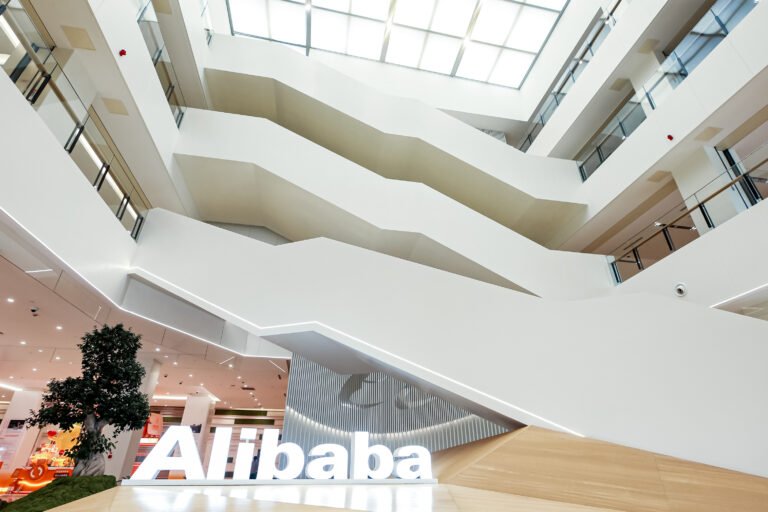The Computer Vision and Pattern Recognition (CVPR) conference is now taking place in Seatle (June 17-21), and NVIDIA is showing its position by presenting a series of groundbreaking research projects. Over 50 projects highlight NVIDIA’s advancements in custom image generation, 3D scene editing, visual language understanding, and autonomous vehicle perception.
NVIDIA’s research at CVPR includes two standout papers that have been selected as finalists for the Best Paper Awards: one on the training dynamics of diffusion models and another on high-definition maps for autonomous vehicles.
Additionally, NVIDIA’s innovative work in self-driving technology earned them the top spot in the CVPR Autonomous Grand Challenge’s End-to-End Driving at Scale track, the best over 450 global entries, and won them the Innovation Award.
Key Innovations
These are some of the most important innovations that NVIDIA is working on:
- JeDi for Custom Image Generation: A collaboration between NVIDIA and various academic institutions has produced JeDi, a new technique enabling the rapid customization of diffusion models. By using just a few reference images, JeDi allows creators to depict specific objects or characters without the need for extensive fine-tuning.
- FoundationPose for 3D Object Tracking: Consists of a new foundation model that can instantly understand and track the 3D pose of objects in videos without requiring per-object training. Setting a new performance record, FoundationPose promises to revolutionize applications in augmented reality and robotics.
- NeRFDeformer for 3D Scene Editing: NVIDIA introduced NeRFDeformer, which allows users to edit 3D scenes captured by Neural Radiance Fields (NeRFs) using a single 2D snapshot. This technique simplifies the process of 3D scene editing for graphics, robotics, and digital twin applications.
- VILA for Visual Language Understanding: In collaboration with MIT, NVIDIA developed VILA, a family of vision language models that excel at understanding images, videos, and text. VILA’s enhanced reasoning capabilities enable it to comprehend complex visual and linguistic contexts, such as internet memes.
Understanding NVIDIA’s Position
The current approach from NVIDIA seems to indicate they are going all-in across various fields, and not just focusing on one single industry. Their research includes autonomous vehicle perception, mapping, planning, manufacturing, and healthcare, demonstrating how generative AI can empower creators, accelerate automation, and enhance the capabilities of autonomous systems.
Jan Kautz, VP of Learning and Perception Research at NVIDIA, emphasized the transformative potential of generative AI:
Artificial intelligence, and generative AI in particular, represents a pivotal technological advancement. At CVPR, NVIDIA Research is sharing how we’re pushing the boundaries of what’s possible — from powerful image generation models that could supercharge professional creators to autonomous driving software that could help enable next-generation self-driving cars.
Where Next?
Wherever NVIDIA might be heading, its presence at CVPR underscores the company’s leading role in advancing visual generative AI. They clearly know the future is filled with AI-driven innovation that continues to break new ground.
At Blackout AI we will also stay in touch with that process.
Thank you,
BlackoutAI editors











[…] Nvidia Present at the CVPR to Show They Lead in Visual Generative AI […]